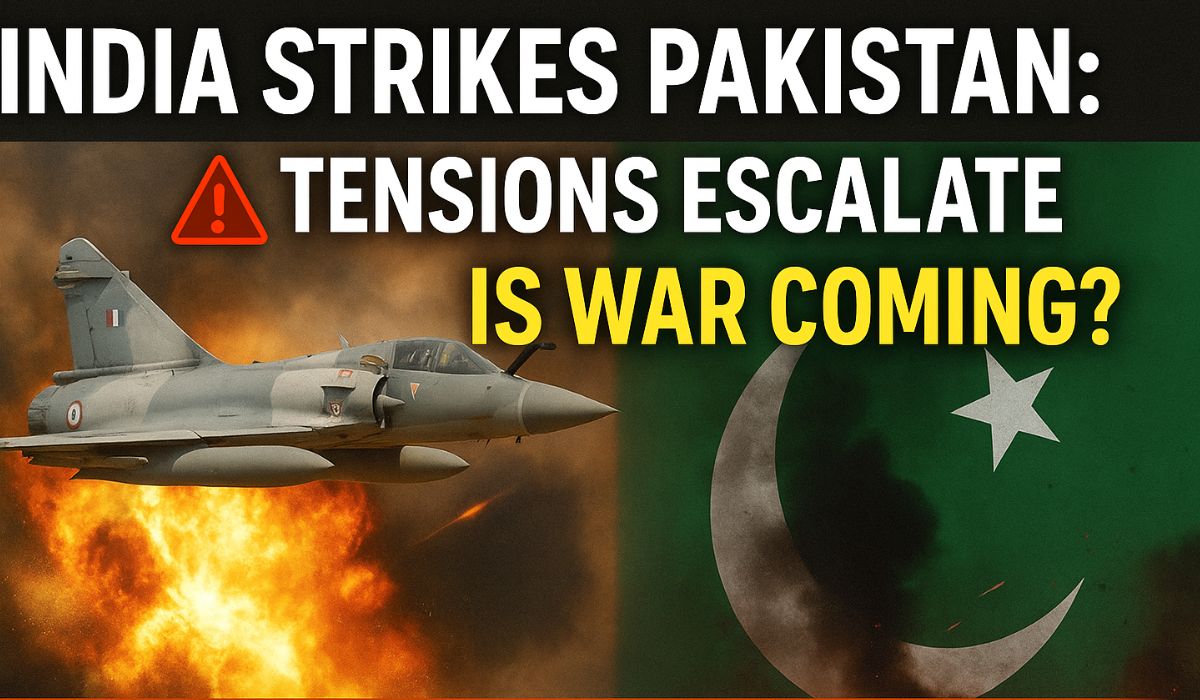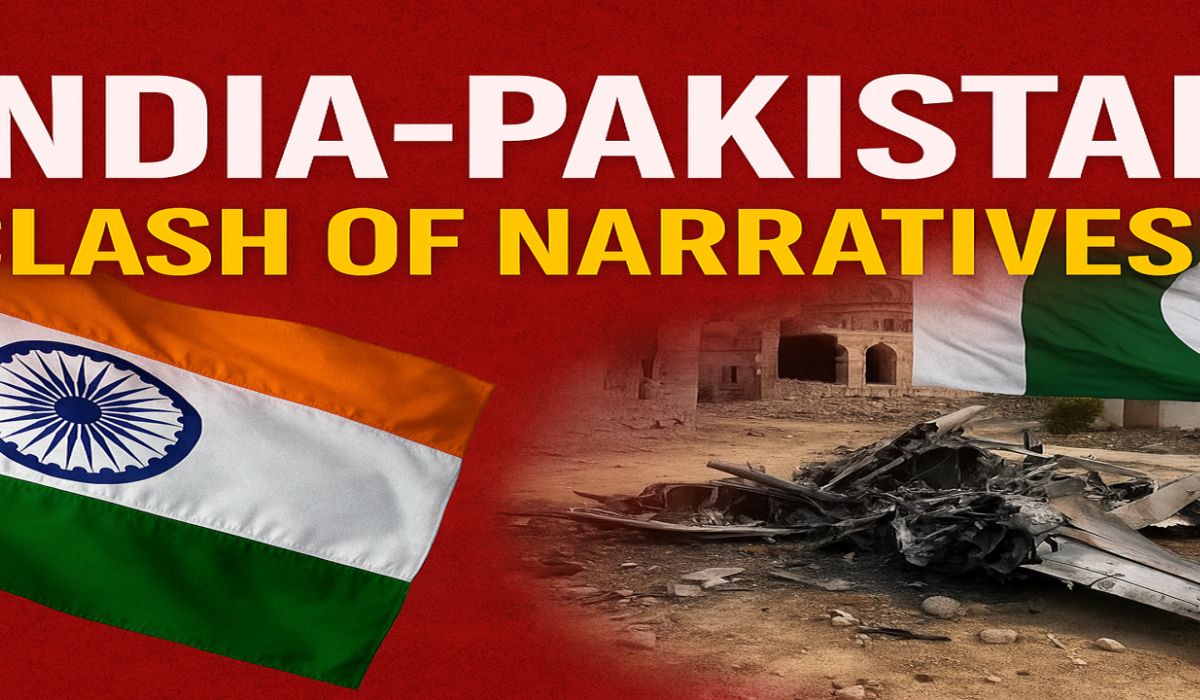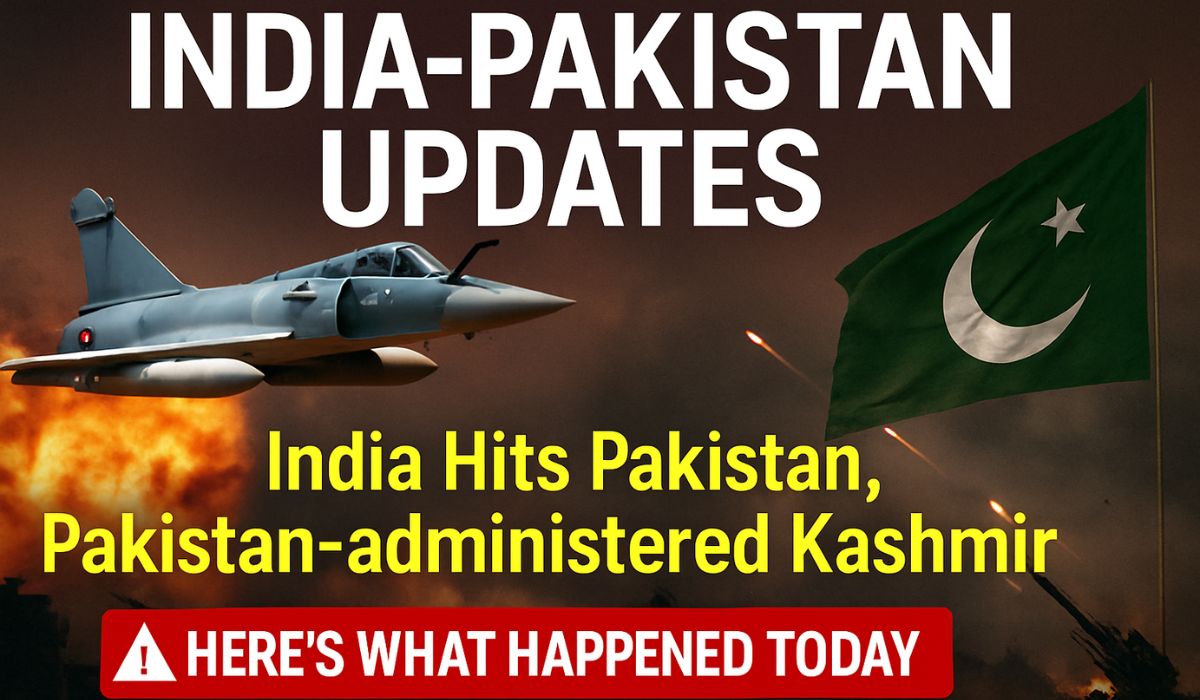India conducts largest cross-border strikes in decades; Pakistan vows retaliation
India has carried out major cross-border strikes targeting alleged terrorist infrastructure in Pakistan, days after a brutal attack on Hindu tourists in Kashmir. With at least 26 people reportedly killed in the strikes, tensions between the two nuclear-armed neighbors have reached a boiling point not seen since 2019.
Pakistan has condemned the strikes as an “act of war,” and promised a “befitting reply,” sparking fears of a broader military conflict. Here’s a breakdown of the latest developments and what they mean.
Why Did India Strike Pakistan?
India launched air strikes on nine sites in Pakistan and Pakistan-administered Kashmir shortly after midnight, citing retaliation for the April 22 militant attack in Pahalgam, Kashmir, that killed 26 Hindu tourists. According to survivors, the attackers asked victims about their religion before executing them.
Delhi claims it has evidence linking Pakistan to the attack, though this has not been made public. The strike is India’s largest against Pakistan in more than 50 years.
What Is Pakistan’s Response?
Pakistan’s Prime Minister Shehbaz Sharif condemned the strikes, calling them an act of war and warning of a strong military response. Pakistani forces shelled Indian-controlled Kashmir and claimed to have downed five Indian fighter jets—claims that remain unverified.
Pakistan’s military also reported that a hydropower plant was hit. Islamabad insists the Indian strikes targeted civilian areas, not terrorist camps.
How Did the Conflict Start?
The India-Pakistan conflict dates back to the partition of British India in 1947. Kashmir, a Muslim-majority region, was claimed by both nations, resulting in wars and a disputed border—the Line of Control (LoC).
India accuses Pakistan of supporting militant groups like Lashkar-e-Taiba and Jaish-e-Mohammad, both of which were officially banned by Pakistan in 2002. Tensions have escalated since 2019 when India revoked Kashmir’s semi-autonomous status, fueling unrest and insurgent activity.
What Triggered the Latest Escalation?
The April 22 attack in Pahalgam was one of the deadliest against Indian civilians in years. The Kashmir Resistance Front initially claimed responsibility but later withdrew the claim. India believes the group is a proxy for Lashkar-e-Taiba.
India has also suspended the 65-year-old Indus Water Treaty, cutting off key water supplies to Pakistan—a move that shocked Pakistani farmers and escalated diplomatic tensions further.
Where Did India Strike?
India targeted sites believed to be linked to militant operations, including locations associated with Lashkar-e-Taiba. Eyewitnesses in Pakistan confirmed damage in certain towns, but Islamabad insists civilian areas were struck.
The strikes reached beyond Pakistan-controlled Kashmir into Punjab province, making this a significant escalation over the 2019 Balakot airstrike, which remained within disputed territory.
Is Full-Scale War Possible?
While the situation is extremely tense, a full-scale war is not inevitable. Analysts point out that both countries have nuclear weapons, which act as a powerful deterrent. However, the political leadership in both nations faces domestic pressure to appear strong.
International observers, including those from the U.S. and China, are watching closely. India’s messaging suggests it wants to frame the strikes as a limited, strategic response rather than the start of a broader conflict.
What’s Next?
Pakistan’s next move will be crucial. A restrained response targeting military, not civilian assets, could help de-escalate tensions. But with political rhetoric heating up on both sides, the risk of miscalculation remains high.
For now, the region—and the world—waits to see whether this crisis can be contained.


